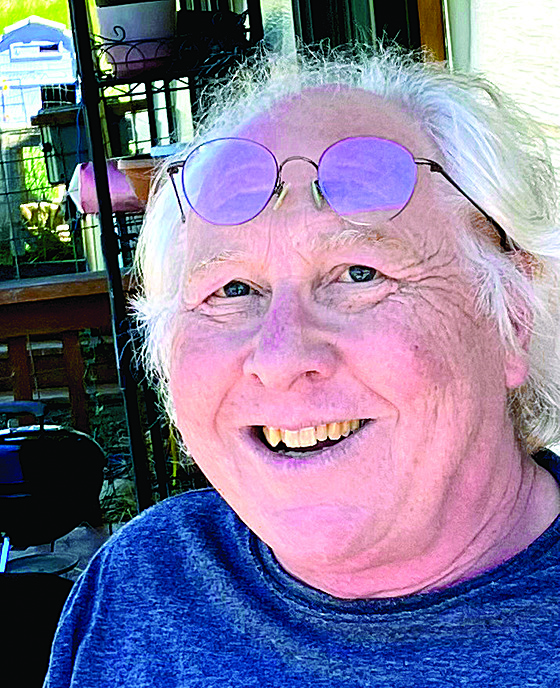The Early Evening Sky
 | Author:
Jeff Ross
Contributor |
Last week on Saturday, September 10, I took my own advice and watched the Full Moon rise. The predicted time of Moon Rise we can all find on the internet assumes we have a totally flat horizon to the East. The only place on Earth I know that to be always true is on a ship in the ocean far from shore. Moon Rise on Saturday the 10th of September was predicted to be at 8:20 p.m. but where we are, out on Ray Creek, the foothills to the east add a good 20 minutes before the Moon is visible.
In Townsend Moon Rise times might be a lot closer to the predicted time. Visually, the Big Belts are just a couple of degrees blip on the horizon.
As I was waiting out on the deck with binoculars I was reminded that it's quite a show overhead after the Sun slips below the Western horizon.
As every hunter here knows, Civil Twilight ends one-half hour after sunset. At that point in time, the Sun has dropped 6 degrees below the horizon. Nautical twilight happens 30 minutes later when the Sun has dropped 12 degrees below the horizon. By the time we hit Nautical twilight there is a lot to look at overhead.
Vega, part of the Summer Triangle mentioned in an earlier column, is almost directly overhead and was the very first celestial object to appear. Polaris, the star nearest the North Celestial Pole, was the next bright star to appear. Not too long after Polaris rose, I could see the 3 main stars of the handle of the Big Dipper.
The Big Dipper is a signpost in the night sky. The handle makes an arc. If you follow that arc you'll end up at Arcturus, the brightest star in the constellation Boötes. Follow the edge of the bowl north and you will find Polaris.
About the time I found Polaris, the Moon was near rising so I took a few minutes to take in that spectacle. It was beautiful, with a great clump of trees silhouetted against the rising Moon and swaying slightly in the evening downslope breeze. A few minutes after the Moon cleared the hill and the trees, Jupiter in all its glory rose in about the same spot.
I saw all of this in the span of about 20 minutes, and you can too.
With clear skies, of course.